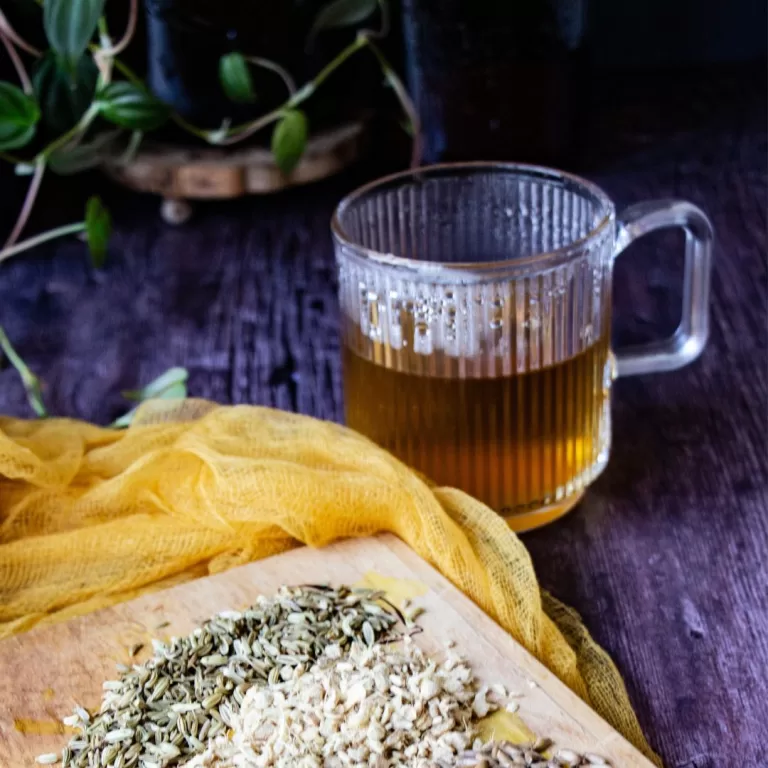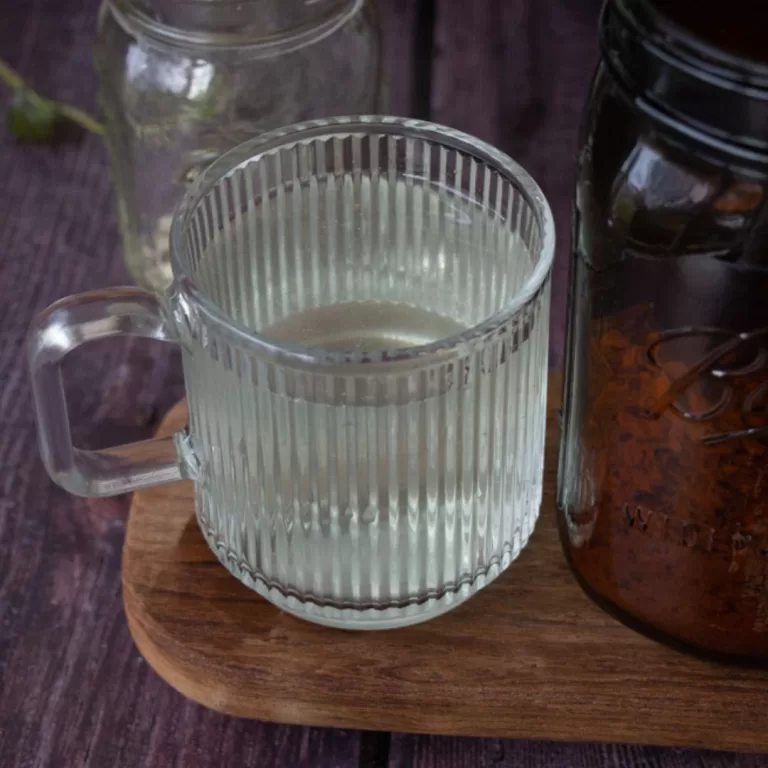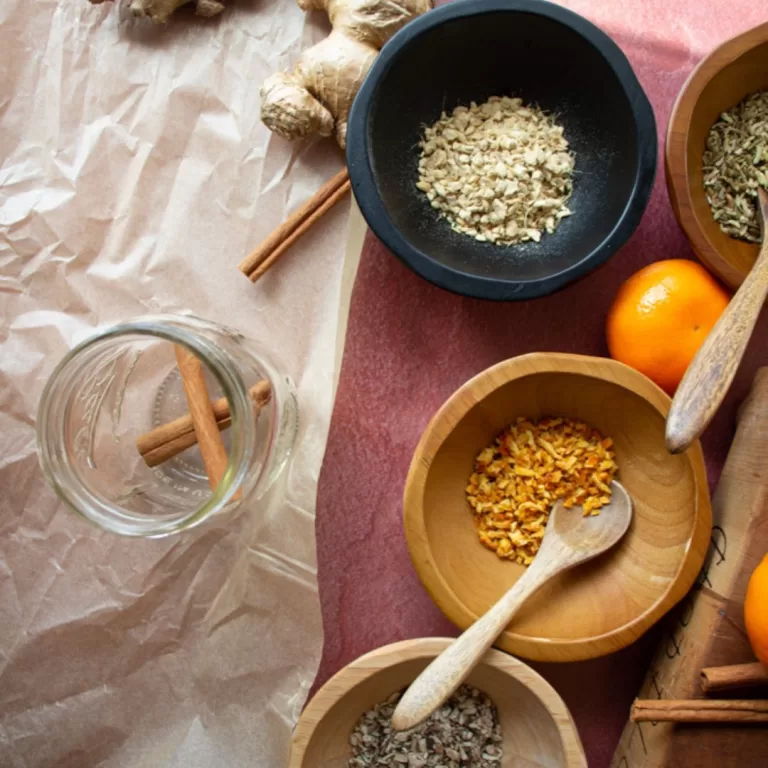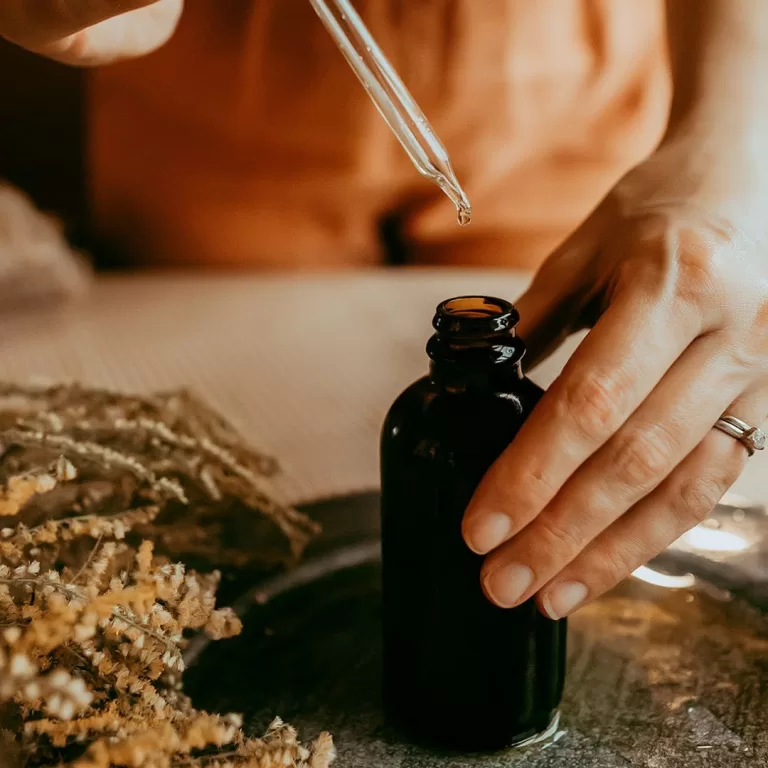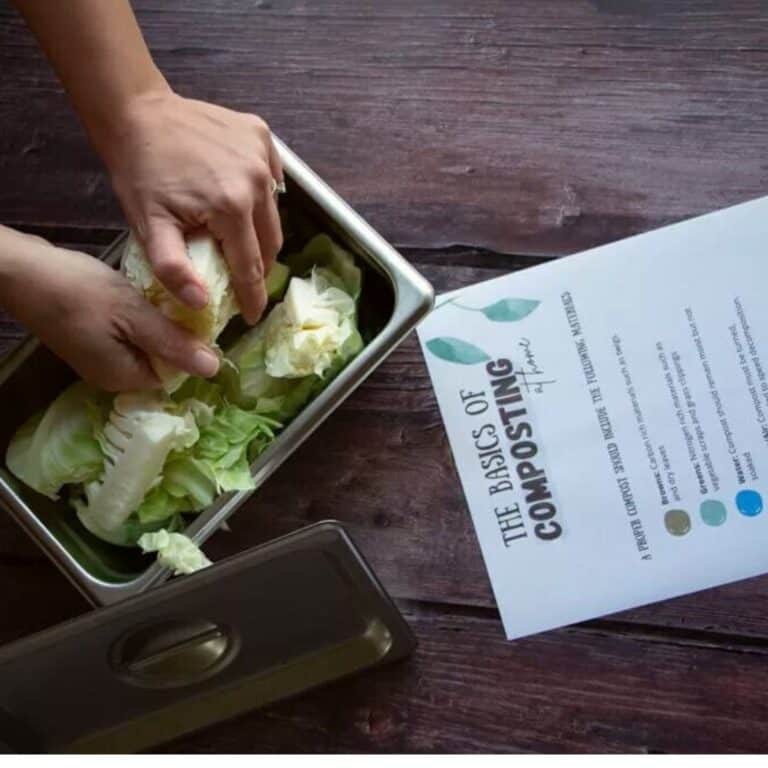Herb Buying Guide: Wild Harvested vs Organic Herbs – Making the Right Choice
As you begin your journey into herbalism, you will be faced with the same two options when it comes to buying herbs. Among the most common choices, wild harvested vs organic herbs each come with their own unique benefits and drawbacks. It’s essential to understand the differences between these two options in order to make informed decisions for your herbal needs.

Whether you plan to make your own herbal products for sale (culinary uses, bath and body products, herbal medicines, herbal teas, etc…) or for your own personal use might affect your choice. Also, personal beliefs and areas of concern for the user differentiate the two. Keep on reading to decide which is right for you, as your decision may depend on the final use of herbs.
Looking to make money from your herb passion? Check out these Herb Business Ideas.
Organic Vs Wild-Harvested Herbs: Definitions and Differences
Note: Usually, you will come across these terms when buying dried herbs online, but these terms apply to fresh herbs as well!
Organic Herbs
Organic Herbs are grown without the use of pesticides, herbicides or fertilizers. They are certified by a recognized local or national agency, ensuring that the herbs have been cultivated following strict guidelines to maintain the ecosystem and avoid harmful chemicals.
Organic herbs are grown in a controlled environment without the use of harmful chemicals or pesticides. While this can result in a more environmentally friendly and sustainable option, factors such as soil quality and natural pest control methods can have a significant impact on the quality of the herbs.
If you plan to create an herbal product with all organic ingredients, you must purchase certified organic herbs, as opposed to wildcrafted.
- Pros: Pesticide-free, sustainable farming practices, regulated production
- Cons: May be more expensive. All of those certifications can mean a higher price.
You may choose to purchase organic herbs based on:
- Safety and Purity: If you prioritize consuming herbs that are free from synthetic pesticides, herbicides, and fertilizers, organic herbs are a good choice. This is particularly important if you have concerns about potential chemical residues or sensitivities.
- Consistency and Quality Assurance: Organic herbs often undergo strict regulations and certifications, ensuring that they are cultivated under specific guidelines. This can provide more consistency in terms of quality, potency, and flavor.
- Availability and Convenience: Organic herbs are more readily available in the market, both in physical stores and online. If convenience and easy access are important to you, organic herbs might be a suitable option.

Wild-Harvested Herbs
Wild-Harvested Herbs (also known as wildcrafted or foraged) are collected from their natural habitats, which allows them to grow according to their natural growth patterns according to mother nature. These herbs are not intentionally cultivated by humans and are harvested while ensuring that the plant’s natural environment remains undisturbed.
This method allows the plants to grow in the same environment their species has thrived in for generations, potentially resulting in a more potent and effective product. However, it’s important to consider the sustainability and ethical concerns that may arise from wild harvesting, as over-harvesting can lead to the depletion of native plant populations.
If you or your customers value herbs from nature for religious or ritual practices, wildcrafted may be a great choice for you.
It is important to purchase wild-harvested herbs from a reliable source to make sure they used ethical foraging practices. It is also important that they wild harvest in remote areas, free of any contaminants in the soil.
Sometimes collecting invasive wild plants can actually be MORE sustainable, so the decision will depend on the specific plant and the area in which they are harvested. If the herb you are looking for is a common invasive, feel free to forage or purchase as wild-harvested without guilt!
- Pros: Grown in natural habitat, often more potent
- Cons: Potential for over-harvesting, less regulation, you don’t know if the soil is contaminated
You may choose to purchase wild-harvested herbs based on:
- Potency and Energetic Qualities: Wildcrafted herbs are often valued for their potentially higher potency and unique energetic qualities. They grow in their natural habitats and adapt to environmental stressors, which may result in more robust medicinal properties.
- Connection to Nature and Tradition: Some herbalists and individuals prefer wildcrafted herbs for their connection to the natural world and traditional herbalism practices. Wildcrafted herbs can evoke a sense of authenticity and a deeper connection to the plants and their natural environments.
- Supporting Biodiversity and Conservation: Choosing wildcrafted herbs from sustainable and ethical sources can contribute to the preservation of biodiversity and the protection of at-risk plant species. By supporting responsible wild harvesting practices, you can help maintain the ecological balance and promote conservation efforts.
Summary: Organic Vs Wild-Harvested Herbs
| Organic Herbs | Wildcrafted Herbs | |
|---|---|---|
| Source | Cultivated in farms under strict guidelines | Collected from their natural habitat |
| Pesticides | No synthetic pesticides used | None used, but may be exposed to nearby pesticide use |
| Regulation | Certified by agencies | less regulated, relies on ethical harvesters |
| Price | Usually more expensive | Varies based on availability and complexity of harvesting |
Quality and Safety
When it comes to quality, organic and wildcrafted herbs can both be considered high quality, depending on the source and handling of the herbs.
Organic herbs tend to have more consistency in their quality as they are produced under strict guidelines. However, wildcrafted herbs can be more potent due to their exposure to the natural environment and stressors.
In terms of safety, organic herbs have the advantage of being free from synthetic pesticides, herbicides, and fertilizers. This ensures that any exposure to potentially harmful chemicals is minimized. On the other hand, wildcrafted herbs, while not exposed to intentional pesticide use, may be susceptible to contamination from nearby pesticide use or environmental pollutants.

Sourcing and Choosing Herbs
Organic Farms Vs Wild Harvesting
Choosing between organic farms and wild harvesting can be a challenge. Organic farms prioritize using sustainable cultivation methods which focus on soil health, biodiversity, and minimal use of synthetic pesticides. I appreciate buying from organic farms as it supports both small farms and small companies that follow ecologically friendly practices.
On the other hand, wild harvesting involves collecting herbs directly from their natural habitats, and is often done carefully by small herbal businesses. While this method can yield potent and high-quality herbs, it’s essential to consider the ethics and impacts on the environment. United Plant Savers is an organization that works to protect at-risk plant species and offers guidelines for sustainable wild harvesting.
Reliable Sources and Reputable Brands
Always look for reputable brands with a commitment to quality, transparency, and sustainability.
Below are a few brands I use and love that meet high quality standards:
- Starwest Botanicals (affiliate link)
- Frontier Co-Op
- Mountain Rose Herbs
Secondly, seek out certifications such as USDA Organic, Fair Trade, or United Plant Savers, which provide assurance on ethical practices and sustainability.
Evaluating Quality
It can be really hard to check quality before purchasing online. When you have the herbs in hand, you can check for quality using the following guidelines:
- Appearance: High-quality herbs should have vibrant colors and minimal signs of deterioration or damage.
- Aroma: Quality herbs usually have a strong and pleasant scent, indicative of their freshness and potency.
Social and Environmental Considerations
Climate Change and Herb Availability
Climate change impacts the availability of wild harvested herbs. It affects the natural habitats required by native plants to thrive, especially in sandy soils. With rising temperatures and unpredictable weather patterns, it’s essential to consider where herbs are sourced and how sustainable the practices are. That way, you can enjoy herbs while also contributing to environmental preservation.
Ethical Sourcing and Sustainability
When it comes to purchasing herbs, I make sure to look for organic and ethically sourced options. Organic farming practices help reduce the number of synthetic chemicals released into the environment, contributing to a more sustainable ecosystem.
Here are some sustainable practices to consider when sourcing herbs:
- Choosing local, organic growers to reduce carbon footprints
- Supporting fair trade practices to ensure the well-being of farmers and harvesters
- Opting for products made with sustainable packaging materials
- Educating yourself about the harvesting process and plant conservation
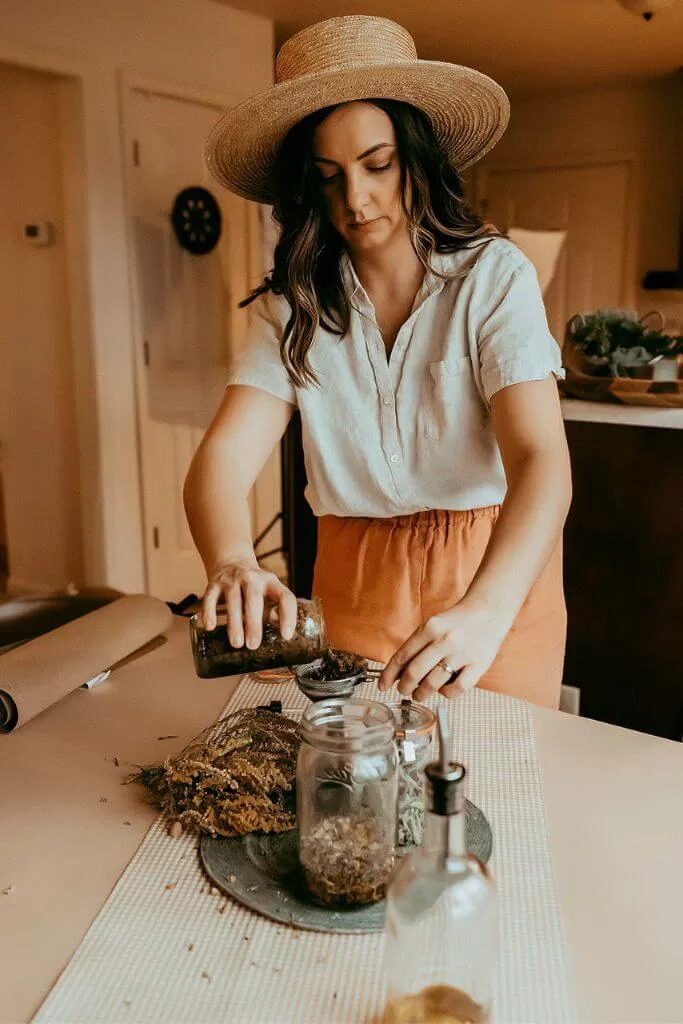
Tips for Foraging and Wildcrafting Your Own Herbs
Foraging and wildcrafting herbs provide a unique opportunity to connect with nature, explore local ecosystems, and harvest herbs directly from their natural habitats. Here are some considerations and tips for foraging and wildcrafting your own herbs:
Understanding Local Ecology
Before venturing into foraging, it’s crucial to have a good understanding of your local ecology and the herbs that grow in your region. Research the native and non-native plants, their habitats, and the best times for harvesting specific herbs. Familiarize yourself with any endangered or protected species to ensure responsible foraging practices.
Ethical Foraging
Responsible foraging is essential for preserving plant populations and maintaining ecosystem balance. Only harvest plants that are abundant and do not pose a threat to their survival. Avoid foraging in protected areas or private lands without permission. Respect the environment by leaving no trace and taking only what you need.
Harvesting Guidelines
When foraging herbs, it’s important to follow sustainable harvesting techniques to ensure the continued growth and regeneration of plant populations. Consider the following guidelines:
- Harvesting Location: Choose areas that are free from pollution and chemical contamination, such as areas away from roadways, industrial sites, or agricultural fields where pesticides may be used.
- Harvesting Timing: Harvest herbs at the appropriate time in their growth cycle. This can vary depending on the plant and the part you intend to use (leaves, flowers, roots, etc.). For example, harvest leaves before the plant flowers for optimal flavor and potency.
- Harvesting Methods: Use proper tools such as sharp scissors or pruning shears to make clean cuts. Harvest selectively, taking a small portion from each plant rather than depleting a single plant entirely. This allows the plant to continue thriving and ensures its sustainability.
- Plant Identification: Be confident in your plant identification skills to avoid accidental harvesting of toxic or harmful plants. Consult reliable field guides, attend workshops, or learn from experienced foragers to enhance your knowledge.
Processing and Preparation
Once you’ve harvested wildcrafted herbs, proper processing and preparation are crucial for their optimal use and storage. Follow these general steps:
- Cleaning: Gently remove any dirt, insects, or debris from the harvested herbs. Rinse them with cool water or use a soft brush to clean delicate parts.
- Drying: Dry the herbs thoroughly to prevent mold or spoilage. Hang them in a well-ventilated area with low humidity, away from direct sunlight. Alternatively, use a dehydrator or an oven set to low temperatures to speed up the drying process.
- Storage: Store the dried herbs in airtight containers, away from heat, light, and moisture. Label the containers with the herb’s name and the date of harvest for future reference.
Remember, foraging and wildcrafting herbs require responsible stewardship and respect for the environment. Take the time to learn about local regulations and guidelines regarding foraging in your area. With proper knowledge and care, wildcrafted herbs can provide a rewarding and sustainable source of botanical treasures.

Organically Growing and Harvesting Your Own Herbs
Starting an Herb Garden
Growing your own organic herbs is fulfilling and practical. Not will you have access to fresh, organic herbs, but you also gain better control of their growing environment. While growing your own medicinal herbs can be incredibly sustainable, it might not always be the most consistent for a buyer of your herbal products. However, organic gardeners can save TONS of money by growing their own!
Here is a list of the Most expensive herbs to grow at home to get your started!

Wild Harvested vs. Organic Herbs: FAQs
Wild-Harvested vs. Organic Herbs: Which Will You Choose?
The decision between wild harvested vs organic herbs mainly depends on personal preferences and needs. As for me, it’s essential to consider the source, sustainability, and quality assurance. I do not sell any natural products, and use them strictly for my family. If you are selling, you might choose consistency and certifications over wildcrafting, unless that would be important to your particular audience.
The good news is, you don’t have to choose! I use a mix of wild-harvested, organically grown, and home grown herbs in my herbal crafting.
Whether I choose wild harvested vs organic herbs, it’s essential for me to have a clear understanding of a company’s origins and practices so I can make informed decisions.
Pin it for Later!

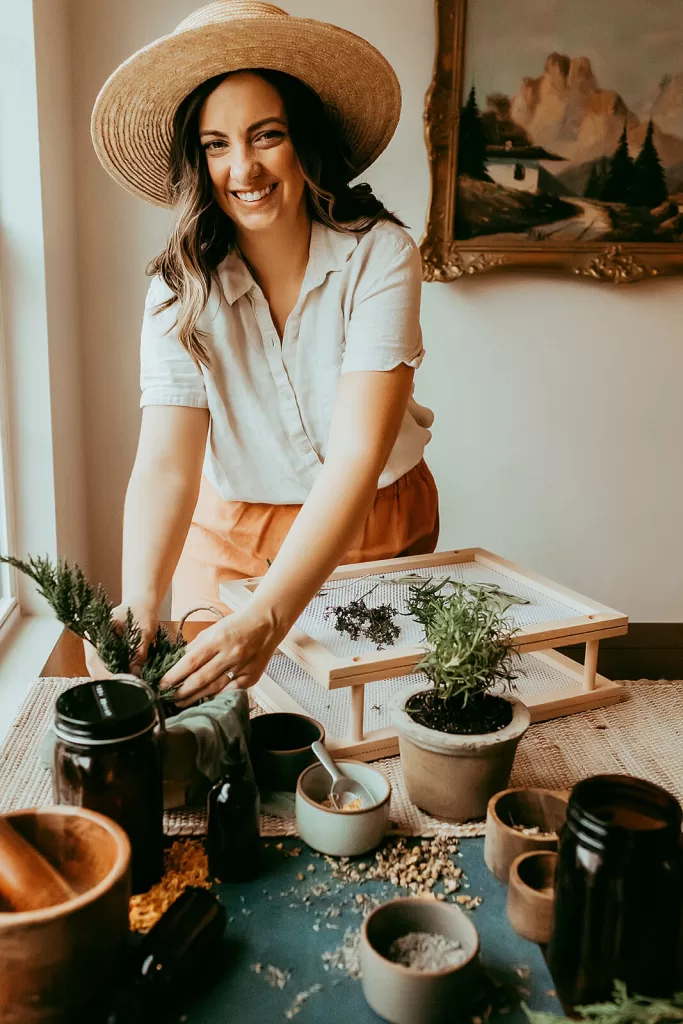
About the Author:
I’m Brittany, totally modern and mainstream turned crunchy mama!
Read more here about how I went from a totally incompetent cook and hyper-consumer to striving to live a more meaningful life from scratch.
I can’t wait to share my modern homesteading journey with you and I hope I inspire you to join along!

